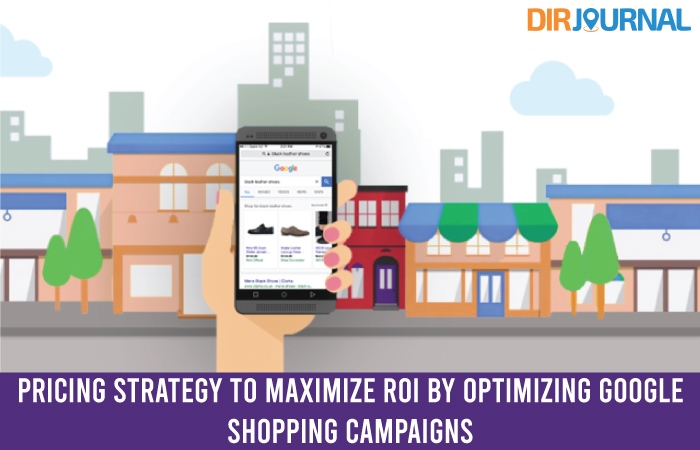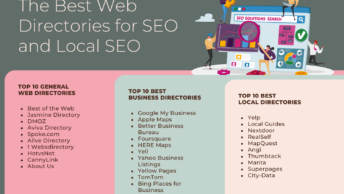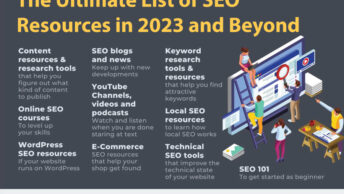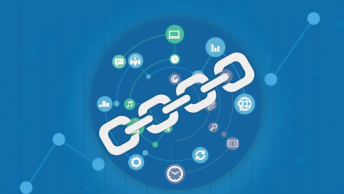Pricing your products well is key to maximizing income from Google Shopping. As of August 2014, Google retired Product Listing Ads (PLAs) in Google Shopping and switched to shopping campaigns. This post contains actionable tips for creating your pricing strategy to increase conversions and profits.
What are Google Shopping Campaigns?
Remember Froogle? Originally it was a Google product search engine that crawled the web to find products for sale. It was renamed Google Product Search in 2007 and merchants were given the ability to feed their products into it at no charge.
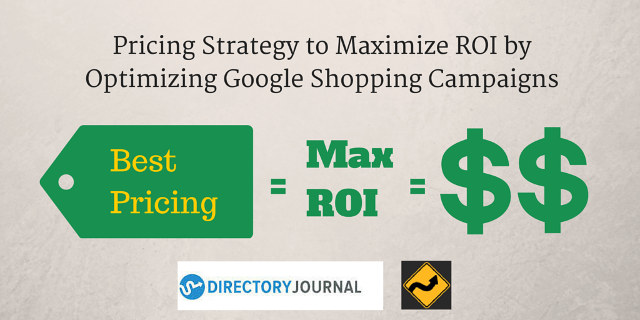
In May 2012, Google transitioned Google Products into Google Shopping where merchants had to pay to list their products. Bing attacked the idea with a campaign they dubbed ‘Scroogled’.
In 2013, Google introduced Product Listing Ads (PLAs) where Google AdWords merged with the ‘New’ Google Shopping. Some merchants saw fantastic results while others struggled for a decent return on investment (ROI).
Getting the Most ROI Out of Google Shopping
Today, merchants spend an average 50% of their total ad budget on Google Shopping. Ensuring the right ad is delivered, optimizing the bid process and managing your ROI is essential to avoid bleeding cash.
This SlideShare provides Four Advanced Strategies for Google Shopping:
- Adoption rates rise to 50% (slide 2)
- Challenges (slide 3)
- PLAs outperforming text ads (slide 4)
- Ad relevancy (slide 5)
- Selecting the right product; gateway products (slide 6)
- Right pricing (slide 7 and see video and text below)
- Ad performance changes over time (slide 8)
- Understanding intent by customer target (slide 9)
- Transitioning to Google Shopping Campaigns (slide 10-11)
Do NOT Make This Most Common Bidding Mistake
When your products appear in any shopping comparison site, one of the most common mistakes is to bid in such a way that you allow low profit items to be featured. The products you do not want to be low bidder on are the ones where your ad costs exceed your profit.
STRATEGY: Lower your bids on low ticket, low profit items and increase them on high profit products to keep them featured.
Your high ticket, high profit products you do want to bid higher on. It sometimes takes only pennies more to get these products featured. It is always worth spending more on ads when the spend is highly profitable.
When a product is doing especially well, create a separate ad group for it so you can manage that bid separately. You don’t want to be paying more for an entire ad group – only for the products that are most profitable.
STRATEGY: Bid at the product level to maximize ROI.
Even though Google Shopping campaigns do not use keywords to trigger ads, you can add negative keywords to your campaigns to prevent your products from appearing for searches that do not generate sales for you or are just too general.
STRATEGY: Add negative keywords to eliminate impressions on searches that don’t convert.
If you only have a few products this can be done manually. But if you have many products or competitors who spend a lot of their time and resources managing their bids, a dynamic bidding solution is necessary to maximize your ROI.
Dynamic Pricing Strategy
This video webinar by dynamic pricing solution Wiser provides top strategies to optimize Google Shopping campaigns. Wiser’s WisePricer solution scans the web gathering retail price intelligence and automatically lowers prices on your most profitable products to keep them featured (up to your price cap) and raises them on your least profitable products to make sure you aren’t wasting ad dollars where you aren’t generating any profit.
https://www.youtube.com/watch?v=yt_nSUFlc78
Video highlights:- Why pricing matters
- How dynamic pricing works
- Using data feeds
- Focus on products allows more granular bidding to increase ROI
- More custom labels for better segmentation and targeting
- Competitive metrics (benchmark CTRs, max CPCs and impression share compared to competitors)
- Campaign Priority to give broad listings lower priorities than highly targeted listings)
As more of your competitors start using repricing systems that automatically adjust their prices they will be able to change prices much more quickly than you can. Early adopters of automated repricing have the advantage over their competitors because their prices will continually and automatically change to provide maximum profitability. More importantly, they can maximize their profits on every sale.
If you don’t have the time or expertise to manage your own Google Shopping campaigns, consider hiring an agency that specializes in Search Engine Marketing or specifically Google Shopping Campaign Management. Be sure to choose a campaign manager who understands your pricing strategy or explains the pricing strategy they intend to use for your accounts.
Do you know how well your products are showing up in searches? Use these search shortcut tips to find out.

